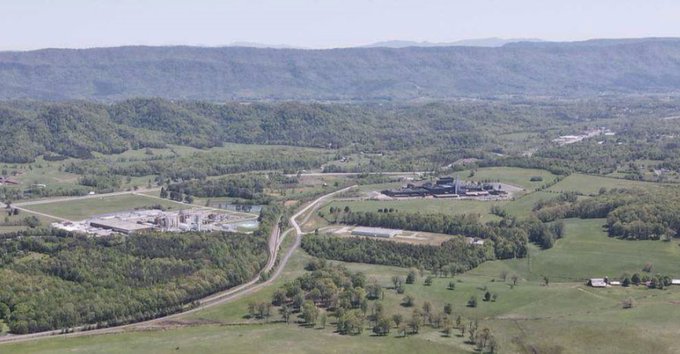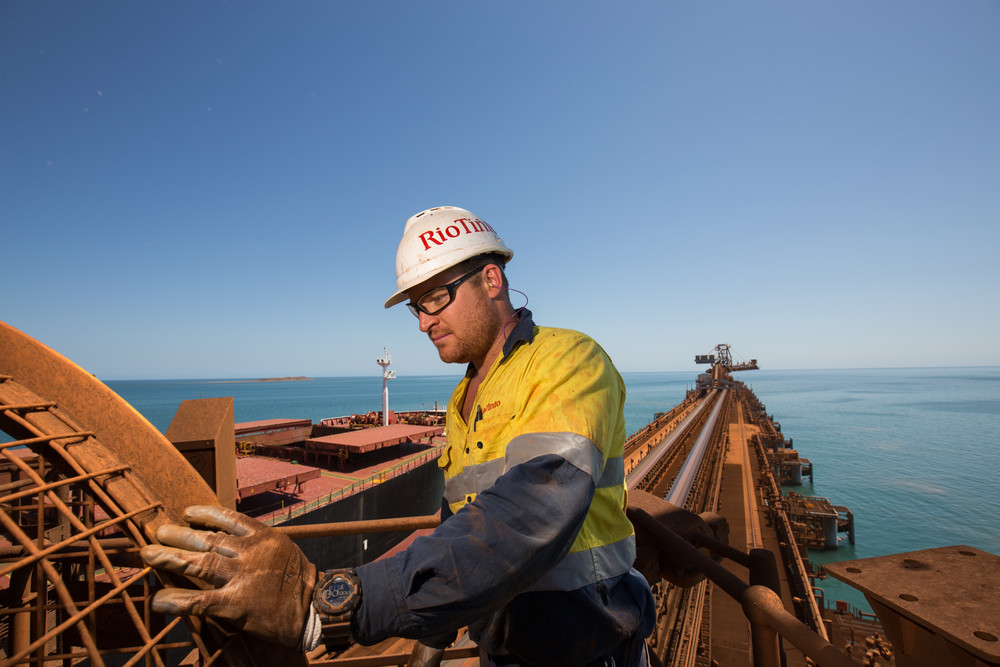Tennessee approves Piedmont Lithium plant construction as complex Carolina project slows

Piedmont Lithium (NASDAQ: PLL; ASX: PLL) says the government has granted it permits to construct a lithium hydroxide plant in Tennessee, although the cost has increased by a third.
The now $800 million project 265 km southeast of Nashville would process about 27,000 tonnes a year of the battery metal starting in 2026, Patrick Brindle, executive vice president and chief operating officer of Piedmont said in an emailed reply to questions on Monday.
The company intends to land a major investor and raise financing before construction starts next year, Brindle said.
“Our projected investment costs for Tennessee Lithium have increased over time as we have engaged in more detailed engineering work and refined our operational plans,” the COO said. “Material costs also have increased.”
The plant would more than triple lithium processing in the United States as scores of junior miners continue to enter the lithium space on the strength of government funding to minimize climate change and to reduce reliance on China’s metal processing.
The facility also already has off-take agreements with automaker Tesla and LG Chem. Canada alone has more than 400 mostly early-stage lithium projects eager to feed automakers. They in turn are ramping up production of battery powered vehicles, and power generators are pursuing ways to store more energy.
The Tennessee project is among other planned lithium processing plants, including in Nevada by American Battery Technology (USOTC: ABML) and in the Midwest by privately held Stardust Power. The United States Department of Energy has already awarded a $141.7 million grant to Piedmont and discussions are continuing on how to apply it, Brindle said.
The project’s economics are “robust” as forecasts from a feasibility study released in April continue to be valid, the COO said. The study projected an after-tax net present value of $2.5 billion at an 8% discount rate, an internal rate of return of 32% and a payback period of 2.8 years.
It was based on a lithium hydroxide sale price of $26,000 per tonne and spodumene concentrate costing $1,600 per tonne over the project’s 30-year life. Lithium hydroxide was selling for $39,000 per tonne this week, according to The Wall St. Journal, down from nearly $70,000 a year earlier.
North Carolina project
Meanwhile, Piedmont is progressing through environmental and zoning approvals needed for an integrated lithium mining and processing site in North Carolina that was estimated in late 2021 to cost $840 million. Piedmont had wanted to start building it next year, but local opposition and a lengthy permit process will delay construction to at least 2025 and production to 2027.
“We have been engaging regularly in the community and with project neighbours to provide information about Carolina Lithium and mitigate their concerns, which are usual for this type of project,” Brindle said. “As an integrated spodumene-to-lithium hydroxide project, the permitting, planning, and development is more complex than a single-purpose site.”
Piedmont is working on replies to North Carolina regarding a mining permit while the state reviews its application for an air quality permit. A site rezoning process with Gaston County can begin after the mining permit is issued, Brindle said.
The company invested in Quebec and Africa to secure spodumene for the proposed Tennessee plant as the North Carolina project became delayed.
The North Carolina-based company says it expects to receive its first commercial shipment of spodumene concentrate from the North American Lithium mine in Quebec by the end of the year. Piedmont will use it to make its initial shipment to LG Chem. Piedmont owns a quarter of the mine and the rest is held by Sayona Mining (ASX: SYA).
African project
Piedmont is also working to own 50% of Atlantic Lithium (AIM: ALL; ASX: A11), where it has an offtake agreement to purchase half of the spodumene concentrate produced at the company’s Ewoyaa lithium project in Ghana. Atlantic Lithium is targeting $185 million in construction to start in the second half of next year and production to begin in 2025, Brindle said.
“Capital expenditures increased during the diligent cost quotation process for the mine and concentrator build and following a decision to include dense medium separation units to stimulate early revenue generation,” Brindle said.
“However, capital expenditure per tonne of annualized throughput only slightly increased, underscoring the significance of a recent resource upgrade and resulting efforts to improve product quality and throughput rate.”
Ewoyaa has 25.6 million probable tonnes grading 1.2% lithium oxide for 340,000 tonnes a year of spodumene concentrate over 12 years, according to a feasibility study following Australian regulations that was published in June. The project has an estimated after-tax net present value of $1.5 billion and an after-tax internal rate of return of 105%, according to Atlantic Lithium.
While some investors have expressed skepticism on the staying power of lithium as battery technology evolves, Brindle is less concerned about pivoting Piedmont to new metals and markets within the next decade while lithium provides proven lightweight and dense-capacity batteries.
“We believe that technology will develop over time, and that some, but not all, concepts will be commercially viable in the long run,” he said. “We know that for the foreseeable future, North America needs exponentially more lithium hydroxide than the volume currently produced to meet projected demand for the next 10 or more years.”
More News
Rio Tinto scraps plans to raise up to $5 billion in share sale
Executives at the mining giant had floated the possibility of an equity offering in recent investor meetings after announcing its results.
March 07, 2025 | 11:41 am
Outflow from London gold vaults to US slows down, says LBMA
The amount of gold stored in the London vaults at the end of February fell by 0.7% month on month.
March 07, 2025 | 09:58 am
Venezuela’s gold reserves drop 13% in 2024
The country's central back ended 2023 with 61 tonnes of gold, compared to 53 tonnes last year.
March 07, 2025 | 09:38 am
{{ commodity.name }}
{{ post.title }}
{{ post.excerpt }}
{{ post.date }}




Comments